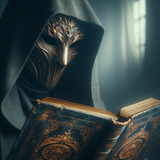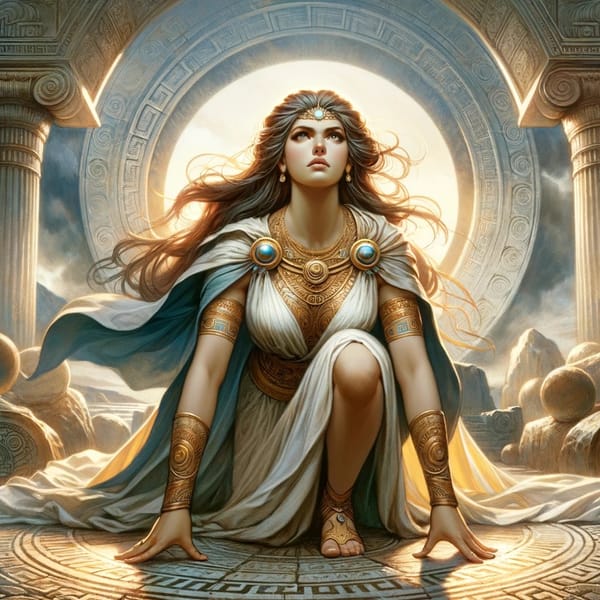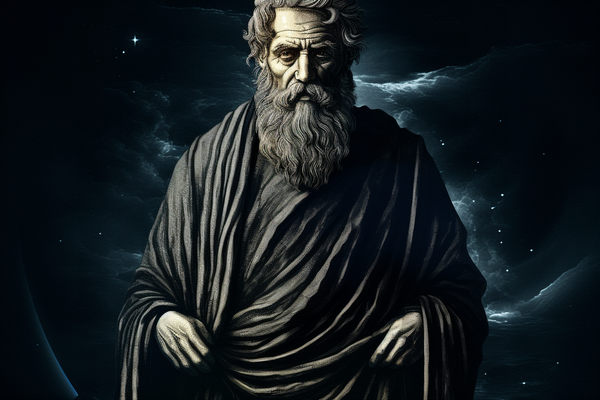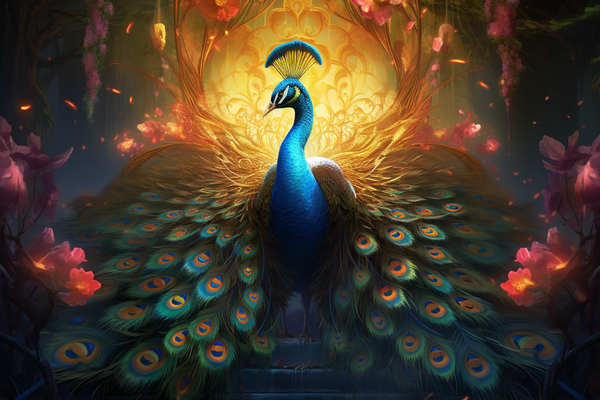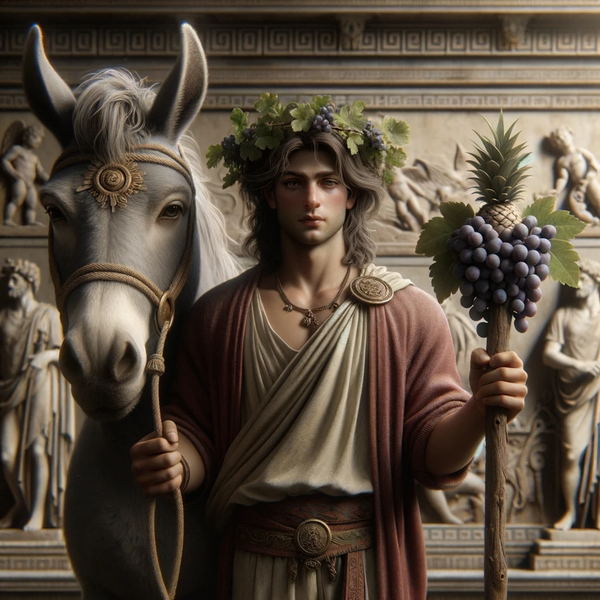Charon the Ferryman
In Greek mythology, Charon is the ferryman of the dead, who transports the souls of the deceased across the rivers Styx and Acheron. A coin to pay Charon for passage was sometimes placed in or on the mouth of a dead person.
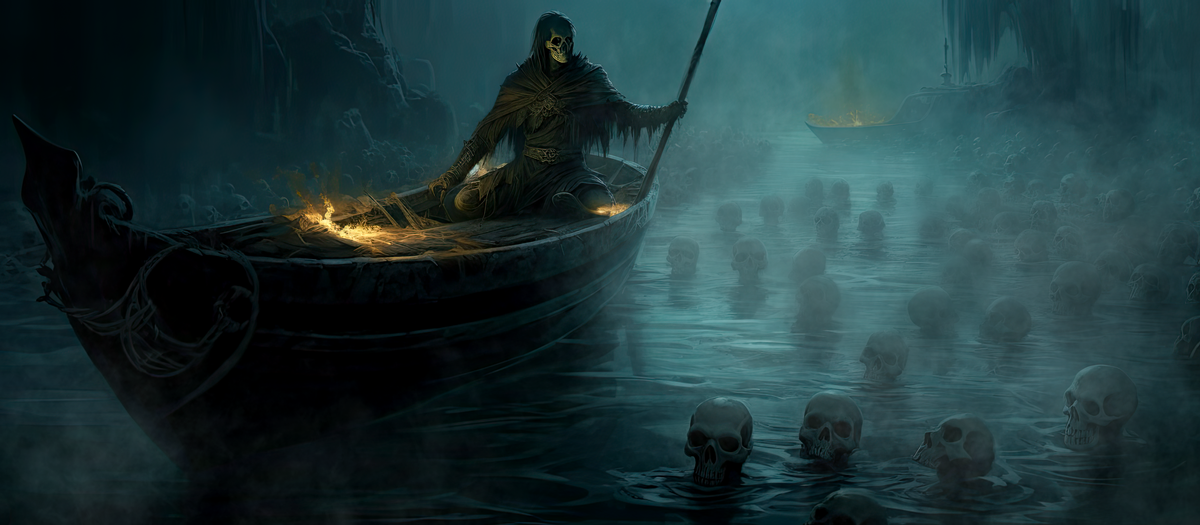
Brief overview
Charon, in Greek mythology, is known as the ferryman of Hades. He was the son of the primordial gods Erebus (God of Darkness) and Nyx (Night). Charon's role was to carry the souls of the deceased across the rivers of the underworld (Styx and Acheron) to Hades, the realm of the dead. This service required a payment, often a single obolos or danake coin, which was placed in the mouth of a dead person at burial (Greek funeral rites). Souls that could not afford his fee were left to wander the shores of the river for a hundred years. Charon is often depicted in Greek art as a morose and grisly figure, an elderly man with a stern face, fire flashing from his eyes, dressed in dark robes, and holding a pole (the rudder of his boat) or a double hammer. He was represented as a winged demon in later art forms
Myths
The myth of Aeneas:
In the story of the Trojan hero Aeneas, Charon ferries Aeneas and the Sibyl across the River Styx into the underworld. This is an unusual event as Charon typically only ferries the dead. In this case, he was persuaded by the Sibyl and the golden bough that Aeneas carried as a gift for Proserpina, the queen of the underworld.
Charon and Heracles:
Charon also features in the story of Heracles' twelfth labor. Heracles was tasked with capturing Cerberus, the three-headed dog guarding the entrance to the underworld. To do this, he needed to cross the River Styx, and Charon, who was usually gruff and unsympathetic, was moved by Heracles' boldness and agreed to take him across.
Charon and Psyche:
In the story of Cupid and Psyche, Psyche must journey to the underworld as part of her tasks set by Venus. She is advised to carry two coins in her mouth to pay Charon for the journey to and from the underworld.
Charon and Orpheus:
Charon appears in the story of Orpheus, who journeyed to the underworld to retrieve his wife, Eurydice. Orpheus used his musical talents to charm Charon, who then agreed to ferry him across the Styx.
FAQS
How did Charon become the ferryman?
- The ancient Greeks believed Charon to be the son of Erebus (the god of darkness) and Nyx (the goddess of night). However, there isn't a specific myth that details how he became the ferryman of the underworld.
Where does the ferryman take you?
- In Greek mythology, Charon ferries the souls of the deceased across the rivers Styx and Acheron to the underworld, ruled by Hades.
What is a ferryman?
- A ferryman is a person who operates a ferry, a boat or ship for conveying passengers and goods, especially over a relatively short distance and as a regular service. In mythological contexts, ferrymen often transport souls to the afterlife.
What is the ferryman archetype?
- The archetype of the ferryman is a figure who guides individuals across a significant boundary or transition. In mythology, this often refers to the boundary between life and death. The ferryman can represent a transformational journey or significant change.
Who pays the ferryman?
- In Greek mythology, the relatives of the deceased would place a coin (usually an obol or a danake) in or on the mouth of the deceased as Charon's payment.
Why do you have to pay the ferryman?
- The payment, or Charon’s obol, was a ritual offering to Charon to secure passage to the underworld. Without this payment, it was believed that the soul would be left to wander on the banks of the river for a hundred years.
What does the ferryman do?
- The ferryman, in the context of mythology, primarily transports the souls of the deceased across a river or body of water that separates the world of the living from the world of the dead.
What happens if you don't pay the ferryman?
- If Charon was not paid, the soul would be forced to wander the shores of the river for a hundred years.
How much do you pay the ferryman?
- The payment for Charon was typically an obol or a danake, types of coins used in ancient Greece.
What's the river with the ferryman?
- In Greek mythology, the ferryman Charon is associated with two rivers: the Styx and the Acheron. Both rivers are said to be located in the underworld.

